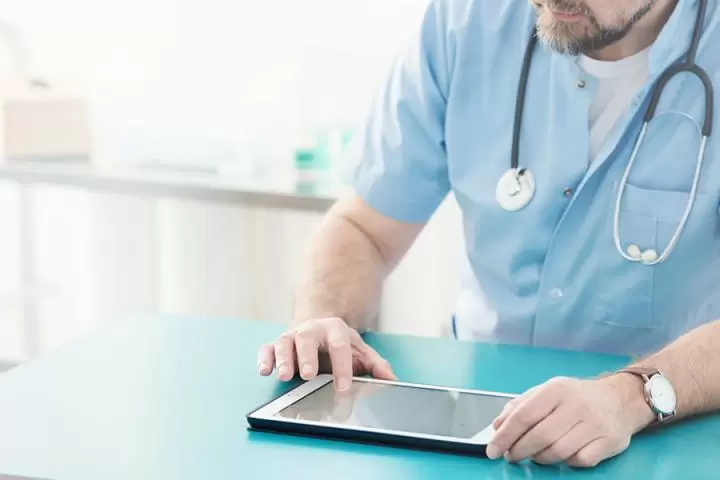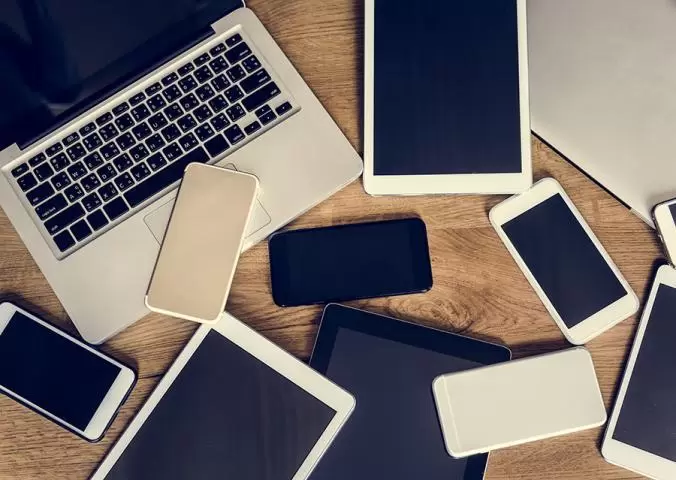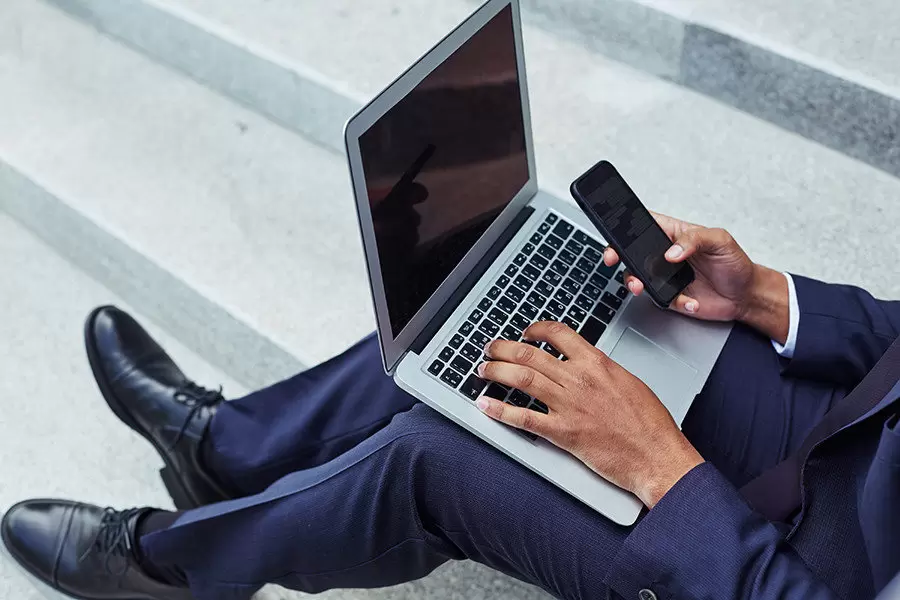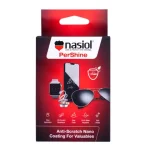From youngest to the eldest, electronic devices from mobile phones to tablets run our daily lives. Especially with our mobile phones, the majority of us have formed a habit of continuously holding or doing some task on it. Mobile phones have become necessary, if not more, than our house keys.
Just like electronic devices, these days, Coronavirus also has taken a big piece of our daily routine. Unlike our mobile phones, however, Coronavirus poses a more significant threat to our well-being, and we need to be vigilant at preventing this illness from taking any part in our lives.
To do this, we first need to wash our hands regularly with soap and then clean and disinfect everything we touch and use, including electronic devices, not just once but as part of a daily routine task.
Why Clean Your Phone?
Microorganisms are stubborn creatures, invisible to the naked eye, that can survive even at the harshest environments and surfaces, including your phone. You wake up with your phone, and you sleep with your phone, it’s with you almost 24 hours a day.
Throughout the day, you use your computer, shake hands with people, eat, drive, use restroom, and countless other activities. You wash your hands when you do most of these activities, however, how about your phone?
You have unknowingly transferred microbes on to the surface of your phone during the day, so it deserves cleaning to remove the potentially Coronavirus causing germs.
You may think that by washing your hand you are free of germs, how about the bacteria parked on the surface of your phone or tablet?
According to one study in 2017 by the National Center for Biotechnology Information (NCBI), on the surface of a mobile phone lies close to 170,000 potential illness-causing germ agents.

How to Clean Your Phone?
Electronic devices are sensitive items, so when trying to clean them, please be careful not to damage the delicate parts, like charging pods. Some cleaners can cause damage to your device, so please read the instructions provided by the manufacturer of your equipment for appropriate suggestions.
Cleaning your phone is straightforward and can be completed in a couple of minutes or less; here is how:
- Wash your hands thoroughly for a minimum of 20 seconds with soap.
- Wear Disposable Gloves.
- Remove the phone case (if your phone has one).
- A microfiber cloth works best at picking up dirt – dab small amount of isopropyl alcohol, or with Nasiol Clean, and gently wipe the front, back, and sides of your device and let it dry.
- Remember to clean the phone case as well.
- Phone cases are not as smooth as phone surfaces, so take your time in disinfecting all areas using a microfiber cloth and Nasiol Clean.
That’s all it takes to clean your phone or tablet. By making a few minutes of your time during the day, you can prevent the spread of illness-causing and potentially lethal germs.

The Next Step
These days Coronavirus is stealing the headlines with its lethal dose of symptoms. When the negative impact of Covid-19 eases, it is the potential to face new challenges down the road.
For today and the future as well, the best thing we can do is to be proactive and prepare ourselves by taking small actions like disinfecting your phone.
Antimicrobial coatings recognized as the future of coating application. The research is in the area of using antimicrobial solutions to kill potentially dangerous microorganisms is ever so promising. With a simple one-time application, antimicrobial coatings can remain on the applied surface for up to one year and continue working in killing germs during that time.
Constant developments are happening in science and technology to make our lives safer. One of these new developments is taking place in the nanotechnology segment where Nasiol, as the frontrunner in nanocoating manufacturer, is leading the way by boosting its R&D endeavors towards antimicrobial coatings.

